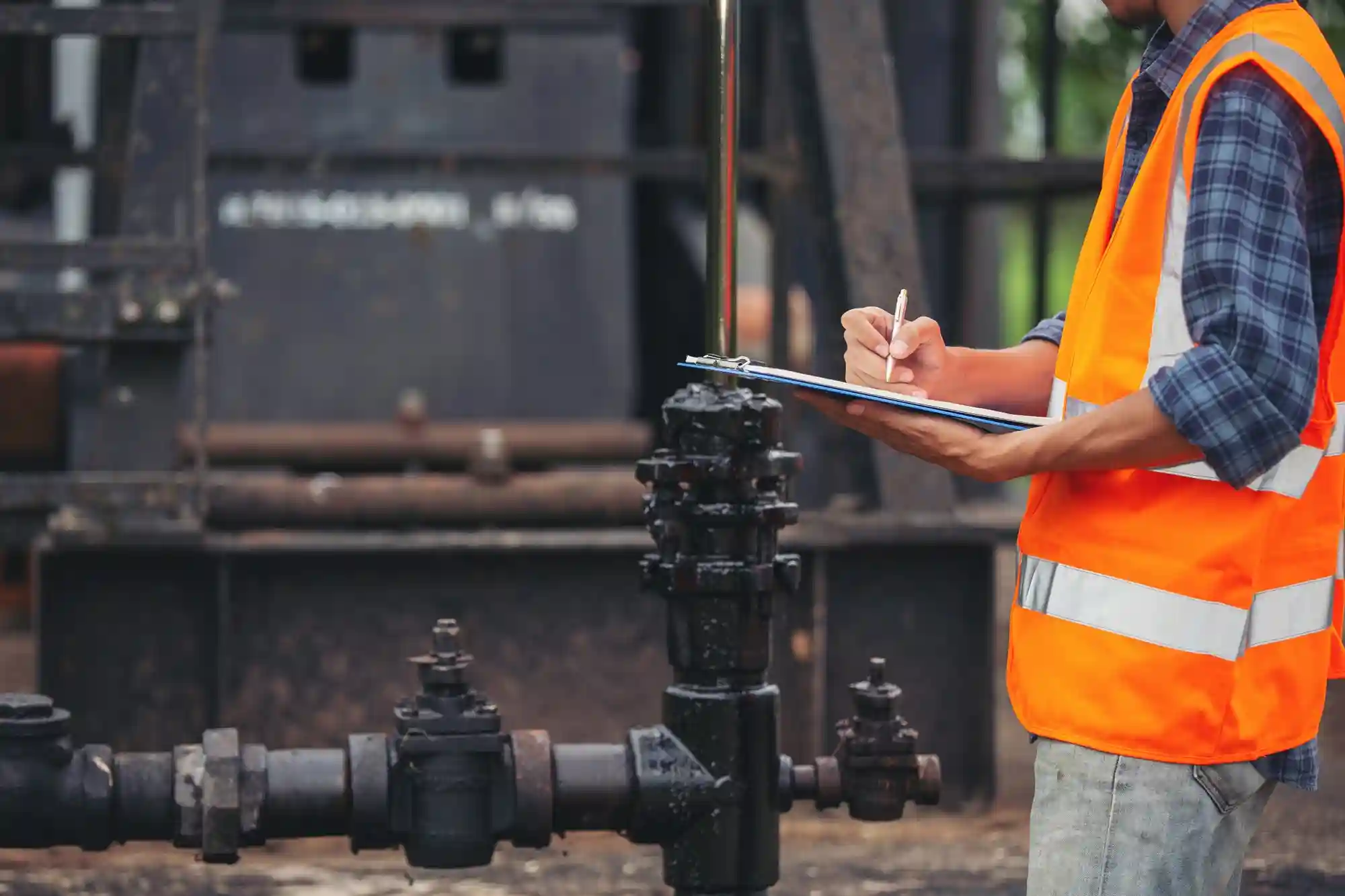Step-by-Step Guide to Flange Installation and Tightening

Flanges are the main component in piping systems. Proper installation and tightening of flanges are critical to ensuring leak-free and efficient operations, especially in industries such as oil and gas, petrochemicals, and power plants. This guide will walk you through the correct procedures for installing and tightening flanges to maximize their performance and longevity.
Step 1: Gather the Necessary Tools and Materials
Before beginning the installation, make sure that you have the following items:
- Flanges and gaskets
- Bolts, nuts, and washers
- Torque wrench
- Lubricant for bolts
- Pipe alignment tools
- Protective gear (gloves, safety goggles)
Having the right equipment will help streamline the installation process and prevent errors that could lead to leaks or system failures.
Step 2: Inspect the Flange and Gasket
Before assembly, inspect the flange and gasket to ensure they are free of defects, cracks, or damage. A faulty flange can compromise the integrity of the entire system. Additionally, ensure that the gasket material is compatible with the fluid being transported to prevent corrosion or deterioration.
Step 3: Align the Flanges Properly
Misaligned flanges can lead to excessive stress on the piping system, causing premature wear and leaks. Use alignment tools to ensure the flanges are parallel and positioned correctly. Improper alignment can also affect the performance of the gasket, reducing its ability to create a tight seal.
Step 4: Insert the Gasket
Place the gasket evenly between the flange faces. The gasket should be centered to ensure uniform pressure distribution when the bolts are tightened. Misplacement can lead to uneven compression and potential leaks.
Step 5: Insert and Lubricate the Bolts
Insert the bolts evenly around the flange, ensuring they are of the correct size and grade for the application. Applying a high-quality lubricant to the bolt threads and nut-bearing surfaces reduces friction and ensures consistent tightening.
Step 6: Perform Initial Hand-Tightening
Tighten the bolts by hand in a crisscross pattern to hold the flange in place. This step helps prevent misalignment and ensures that the gasket is evenly compressed.
Step 7: Tighten the Bolts Using the Torque Wrench
Using a torque wrench, tighten the bolts gradually in increments of 30-50% of the final torque value. Follow a star or crisscross pattern to distribute the load evenly. This step prevents gasket blowout and ensures a uniform seal.
Recommended Torque Sequence:
- Tighten to 30% of the final torque.
- Tighten to 60% of the final torque.
- Tighten to 100% of the final torque.
- Perform a final round to ensure all bolts are uniformly tightened.
Step 8: Inspect and Test the Flange Connection
Once tightening is complete, visually inspect the flange to ensure proper alignment and gasket compression. Conduct a pressure test to confirm there are no leaks. In high-pressure systems, hydrostatic or pneumatic tests may be necessary.
Common Mistakes to Avoid During Flange Installation
- Skipping Inspection: Always inspect flanges, gaskets, and bolts before installation.
- Over-Tightening: Excessive force can damage the gasket and lead to leaks.
- Using Mismatched Components: Ensure compatibility between the flange, gasket, and bolts.
- Ignoring Torque Patterns: Follow the recommended tightening sequence for uniform pressure distribution.
Conclusion
Proper flange installation and tightening are essential for maintaining a leak-free and efficient piping system. By following this step-by-step guide, industries can ensure that their flange connections are secure and long-lasting. Whether used in oil and gas, water treatment, or the flanges in chemical and petrochemical industries, ensuring precision in flange installation enhances performance and safety.
For top-quality flanges, NWH is a trusted flange supplier in Saudi Arabia, providing high-performance solutions tailored to various industrial applications.



